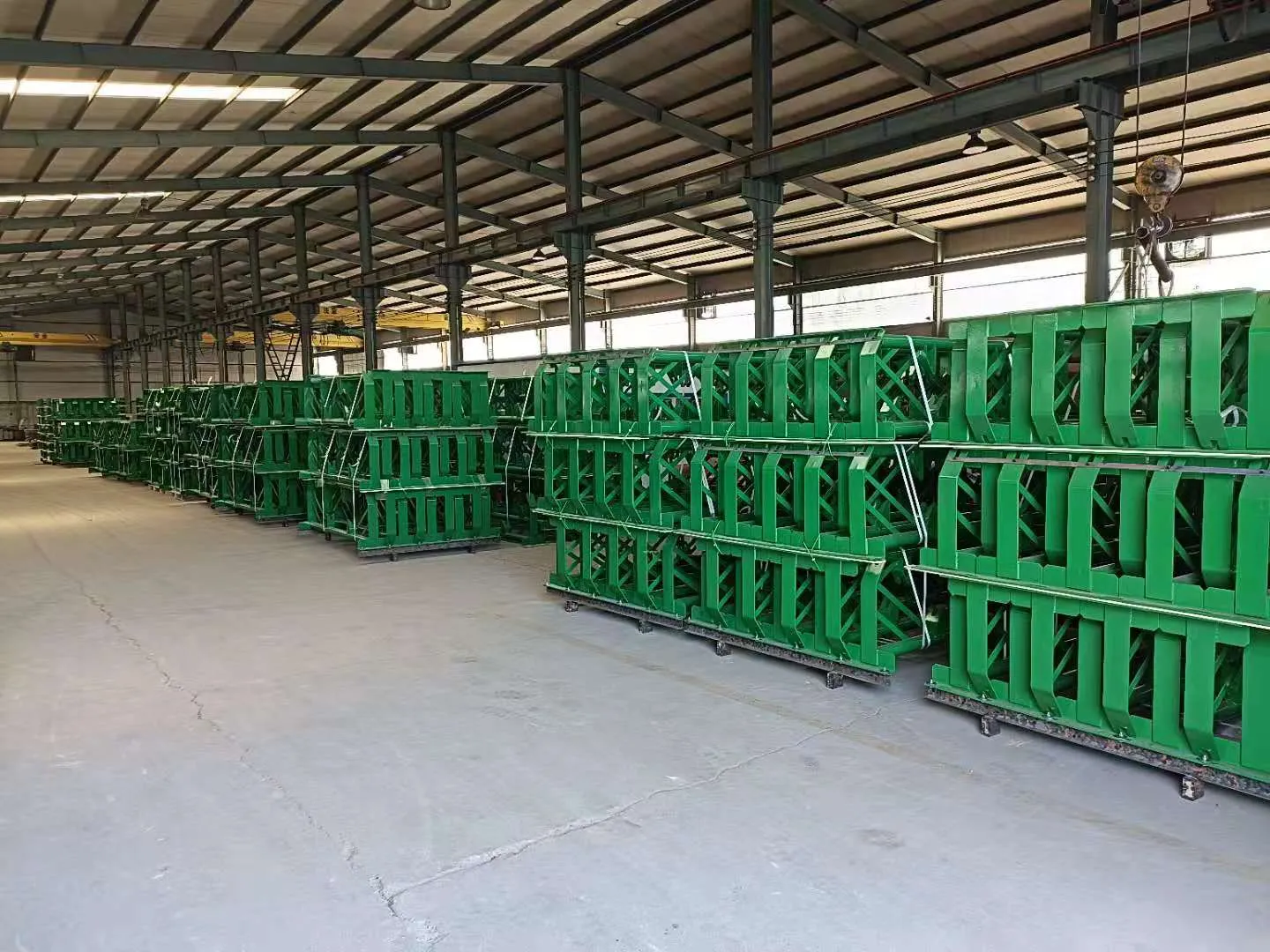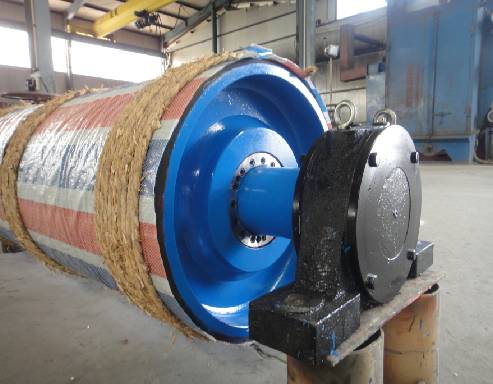 Afrikaans
Afrikaans  Albanian
Albanian  Amharic
Amharic  Arabic
Arabic  Armenian
Armenian  Azerbaijani
Azerbaijani  Basque
Basque  Belarusian
Belarusian  Bengali
Bengali  Bosnian
Bosnian  Bulgarian
Bulgarian  Catalan
Catalan  Cebuano
Cebuano  Corsican
Corsican  Croatian
Croatian  Czech
Czech  Danish
Danish  Dutch
Dutch  English
English  Esperanto
Esperanto  Estonian
Estonian  Finnish
Finnish  French
French  Frisian
Frisian  Galician
Galician  Georgian
Georgian  German
German  Greek
Greek  Gujarati
Gujarati  Haitian Creole
Haitian Creole  hausa
hausa  hawaiian
hawaiian  Hebrew
Hebrew  Hindi
Hindi  Miao
Miao  Hungarian
Hungarian  Icelandic
Icelandic  igbo
igbo  Indonesian
Indonesian  irish
irish  Italian
Italian  Japanese
Japanese  Javanese
Javanese  Kannada
Kannada  kazakh
kazakh  Khmer
Khmer  Rwandese
Rwandese  Korean
Korean  Kurdish
Kurdish  Kyrgyz
Kyrgyz  Lao
Lao  Latin
Latin  Latvian
Latvian  Lithuanian
Lithuanian  Luxembourgish
Luxembourgish  Macedonian
Macedonian  Malgashi
Malgashi  Malay
Malay  Malayalam
Malayalam  Maltese
Maltese  Maori
Maori  Marathi
Marathi  Mongolian
Mongolian  Myanmar
Myanmar  Nepali
Nepali  Norwegian
Norwegian  Norwegian
Norwegian  Occitan
Occitan  Pashto
Pashto  Persian
Persian  Polish
Polish  Portuguese
Portuguese  Punjabi
Punjabi  Romanian
Romanian  Russian
Russian  Samoan
Samoan  Scottish Gaelic
Scottish Gaelic  Serbian
Serbian  Sesotho
Sesotho  Shona
Shona  Sindhi
Sindhi  Sinhala
Sinhala  Slovak
Slovak  Slovenian
Slovenian  Somali
Somali  Spanish
Spanish  Sundanese
Sundanese  Swahili
Swahili  Swedish
Swedish  Tagalog
Tagalog  Tajik
Tajik  Tamil
Tamil  Tatar
Tatar  Telugu
Telugu  Thai
Thai  Turkish
Turkish  Turkmen
Turkmen  Ukrainian
Ukrainian  Urdu
Urdu  Uighur
Uighur  Uzbek
Uzbek  Vietnamese
Vietnamese  Welsh
Welsh  Bantu
Bantu  Yiddish
Yiddish  Yoruba
Yoruba  Zulu
Zulu Feb . 20, 2025 09:50
Back to list
Bend Pulley (Non-driving Pulley)
Conveyor drive pulleys are the unsung heroes of material handling systems, playing a quintessential role in a multitude of industries ranging from mining to manufacturing. Understanding their intricacies is essential for anyone looking to optimize their conveyor systems for efficiency and reliability.
Industries are increasingly looking at innovative ways to enhance the functionality of conveyor drive pulleys. With advances in material science and engineering, modern pulleys incorporate features such as ceramic lagging for better wear resistance and greater friction. Additionally, magnetic pulleys are gaining popularity in industries where separating ferrous materials from non-ferrous is necessary. The integration of sensors to monitor pulley performance is another leap forward, allowing for predictive maintenance by signaling potential issues before they escalate. Professionals seeking to optimize their conveyor systems must prioritize regular maintenance of drive pulleys. A consistent examination schedule will unveil signs of wear, misalignment, or mechanical failure early on. Checking for unusual noises, vibrations, and evaluating the wear patterns on the pulley surface are essential practices. Implementing a proactive maintenance regime not only extends the life of the pulley but also enhances the safety and reliability of the entire conveyor apparatus. Being an expert in conveyor system solutions entails a deep understanding of the variety of environmental factors that might impact the operation of drive pulleys. These can include temperature variations, exposure to chemicals or moisture, and fluctuating loads. Choosing pulleys designed to withstand these conditions is critical. For example, stainless steel pulleys are highly resistant to corrosion, making them ideal for environments where exposure to moisture is prevalent. Trust in a conveyor pulley’s performance is forged through its reliability and the expertise behind its design and installation. Manufacturers with a track record of delivering quality products backed by engineering expertise should be considered as viable partners. Certifications and compliance with international standards further reinforce the authority and trustworthiness of these crucial components. Investing in quality conveyor drive pulleys is an investment in the future of a facility's operational efficiency and productivity. The right choice in pulleys not only augments the performance of the conveyor systems but also ensures the seamless flow of operations, minimizing downtime and enhancing overall output. Understanding their mechanics and maintaining a proactive approach to maintenance can dramatically change the landscape of material handling processes in any industry.


Industries are increasingly looking at innovative ways to enhance the functionality of conveyor drive pulleys. With advances in material science and engineering, modern pulleys incorporate features such as ceramic lagging for better wear resistance and greater friction. Additionally, magnetic pulleys are gaining popularity in industries where separating ferrous materials from non-ferrous is necessary. The integration of sensors to monitor pulley performance is another leap forward, allowing for predictive maintenance by signaling potential issues before they escalate. Professionals seeking to optimize their conveyor systems must prioritize regular maintenance of drive pulleys. A consistent examination schedule will unveil signs of wear, misalignment, or mechanical failure early on. Checking for unusual noises, vibrations, and evaluating the wear patterns on the pulley surface are essential practices. Implementing a proactive maintenance regime not only extends the life of the pulley but also enhances the safety and reliability of the entire conveyor apparatus. Being an expert in conveyor system solutions entails a deep understanding of the variety of environmental factors that might impact the operation of drive pulleys. These can include temperature variations, exposure to chemicals or moisture, and fluctuating loads. Choosing pulleys designed to withstand these conditions is critical. For example, stainless steel pulleys are highly resistant to corrosion, making them ideal for environments where exposure to moisture is prevalent. Trust in a conveyor pulley’s performance is forged through its reliability and the expertise behind its design and installation. Manufacturers with a track record of delivering quality products backed by engineering expertise should be considered as viable partners. Certifications and compliance with international standards further reinforce the authority and trustworthiness of these crucial components. Investing in quality conveyor drive pulleys is an investment in the future of a facility's operational efficiency and productivity. The right choice in pulleys not only augments the performance of the conveyor systems but also ensures the seamless flow of operations, minimizing downtime and enhancing overall output. Understanding their mechanics and maintaining a proactive approach to maintenance can dramatically change the landscape of material handling processes in any industry.
Next:
Latest news
-
Revolutionizing Conveyor Reliability with Advanced Rubber Lagging PulleysNewsJul.22,2025
-
Powering Precision and Durability with Expert Manufacturers of Conveyor ComponentsNewsJul.22,2025
-
Optimizing Conveyor Systems with Advanced Conveyor AccessoriesNewsJul.22,2025
-
Maximize Conveyor Efficiency with Quality Conveyor Idler PulleysNewsJul.22,2025
-
Future-Proof Your Conveyor System with High-Performance Polyurethane RollerNewsJul.22,2025
-
Driving Efficiency Forward with Quality Idlers and RollersNewsJul.22,2025
OUR PRODUCTS





























